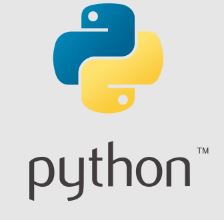Understanding how to manipulate and convert data types is crucial for effective script writing and system management. This guide provides a detailed overview of converting variables to different data types in PowerShell, complete with practical examples.
Understanding Data Types in PowerShell
Before diving into conversion techniques, it’s essential to grasp the basics of data types in PowerShell. PowerShell is built on the .NET framework, and hence, supports a wide range of data types, including integers, strings, booleans, and custom objects. Identifying the current data type of a variable is the first step in conversion.
Example: Identifying Data Types
Techniques for Data Type Conversion
Explicit Conversion
Explicit conversion, also known as casting, is a direct method where you specify the target data type.
Example: Converting String to Integer
Using Convert Class
The [System.Convert] class provides methods for various data type conversions.
Example: Converting Integer to Boolean
Using Parse Methods
Some data types have built-in parse methods to convert from strings.
Example: Converting String to DateTime
Handling Conversion Errors
Conversions can fail if the format of the data isn’t compatible with the target data type. Using try-catch blocks can help manage these errors gracefully.
Example: Error Handling in Conversion
Understanding and effectively handling data type conversions is a critical skill for PowerShell users. By utilizing explicit casting, the Convert class, and parse methods, you can seamlessly transform data types to suit your scripting needs.







